
Building an effective leadership team: with Seb Agertoft
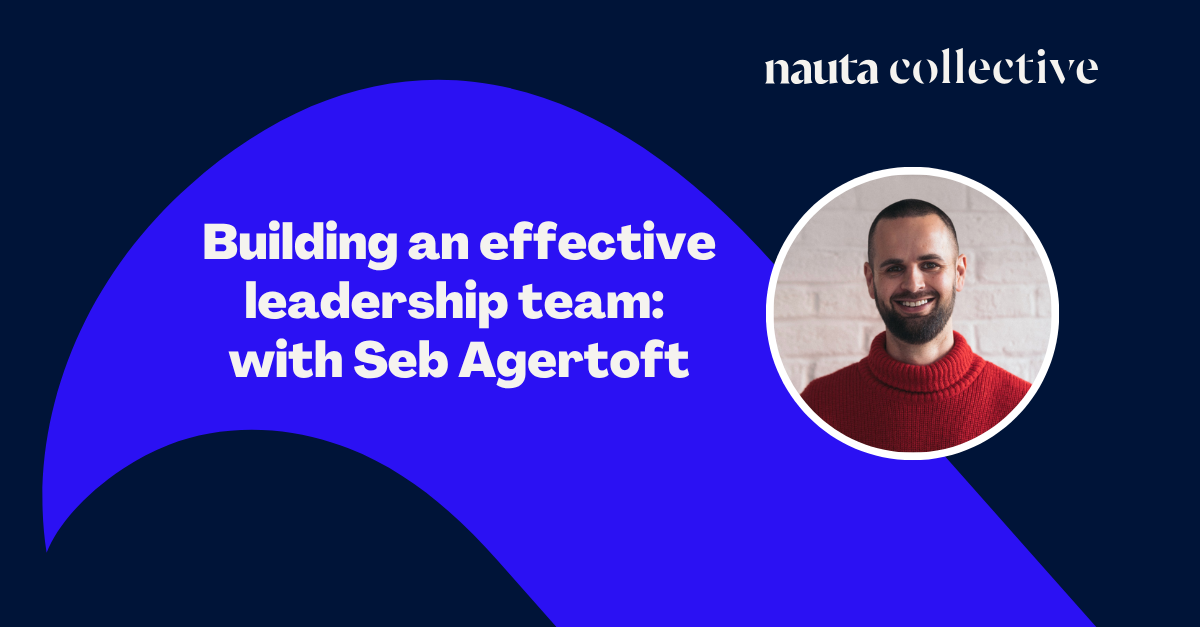
In our latest Nauta Collective session we welcomed Seb Agertoft, a Founder and Executive coach for high growth startups, into our London office for a workshop focused on building effective leadership teams. Seb has a background in Product at high growth tech companies such as GoCardless and eBay, but now supports a range of companies from Seed to Series D in his role as a Partner at Evolution, a Silicon Valley coaching firm.
Seb covered why leadership teams are essential for alignment and impact; when to form them during a company's growth; and how to structure them for clarity and collaboration. The group also examined common pitfalls and strategies for building trust.
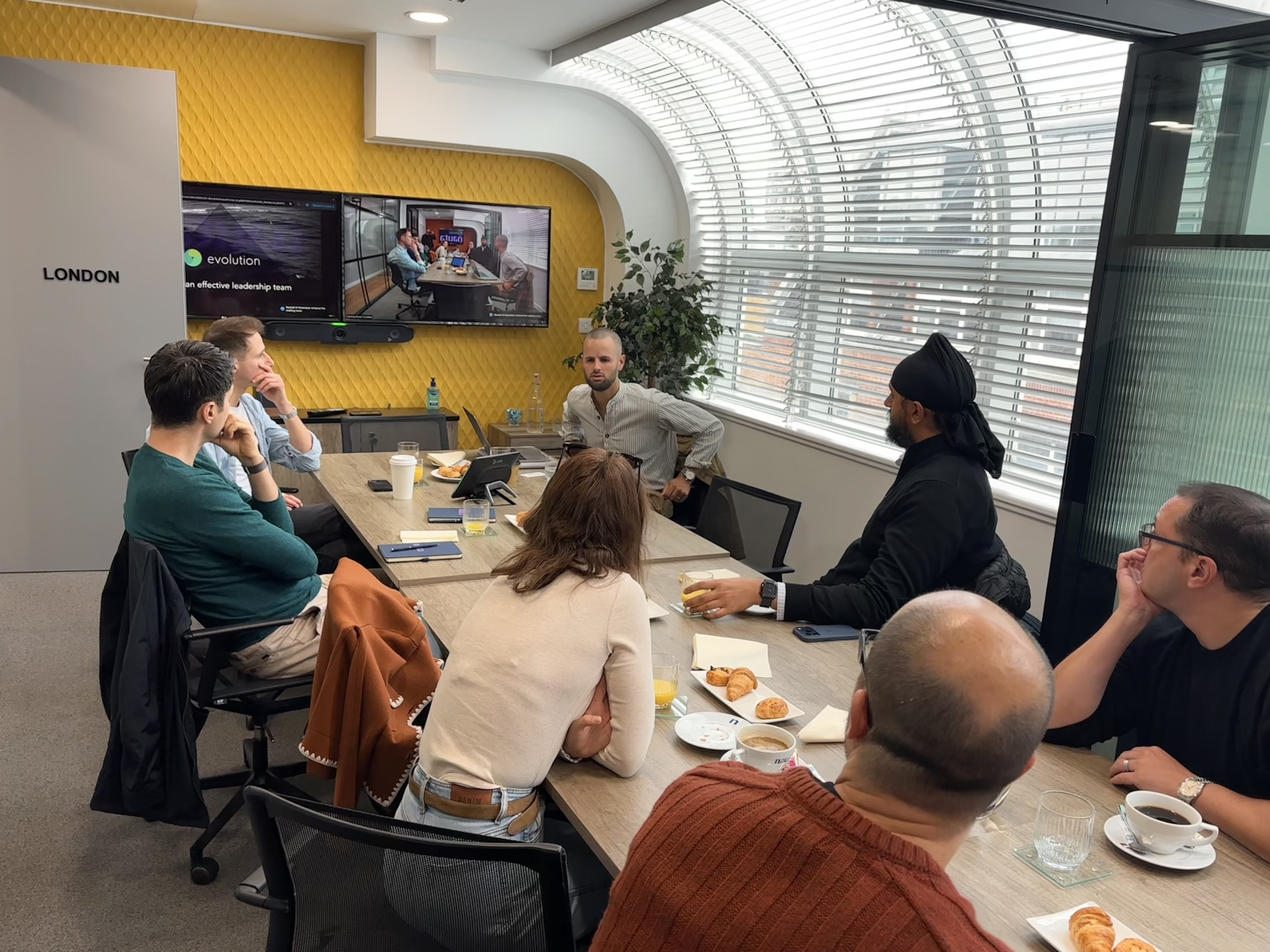
Why Build Leadership Teams?
Even in an age of AI, scaling impact almost always requires scaling people. As companies grow, communication and alignment quickly become complex. A strong leadership team is the best way to manage that complexity and ensure the organisation can deliver impact at scale.
- Dysfunction throughout the organisation often mirrors dysfunction at senior leadership level (e.g.: legal/finance team conflicts traced back to CFO/General Counsel personal friction)
- Common myth that senior people naturally self-organise, but ego and entrenchment at senior levels actually increase coordination challenges
- Building an effective leadership team takes intentional work and should be amongst your top 3 priorities (alongside setting a clear vision and ensuring financial stability).
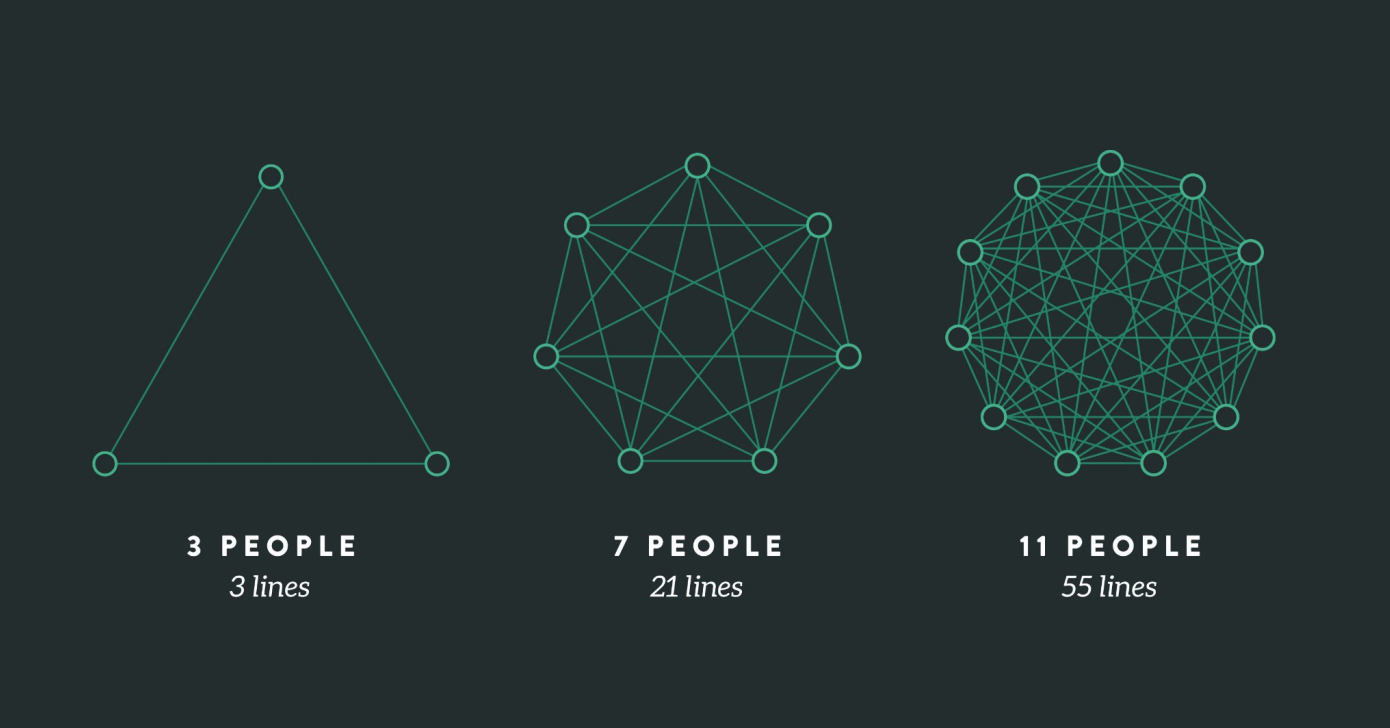
-
When to Form Leadership Teams
There's no single formula, but the typical timing is 40-70 headcount, around Series A, and coinciding with the product-market fit stage.
- Too late is worse than too early: Few companies regret starting early, but many regret waiting too long
- Don't wait for everyone to be hired: Leadership structures should evolve continuously; better to start early with founders plus initial hires.
How to Structure Effective Teams
An effective leadership team needs a clear charter and a shared mindset:
- Define the team's purpose, decision rights, and meeting cadence
- Make intentions transparent to the wider company to avoid mystery and mistrust
- Leaders should stay grounded in the day-to-day reality of their teams and customers - less pure people management and more getting in the trenches to solve problems
- Adopt the "First Team" principle: prioritise company-wide health and cross-functional engagement over the interests of individual departments
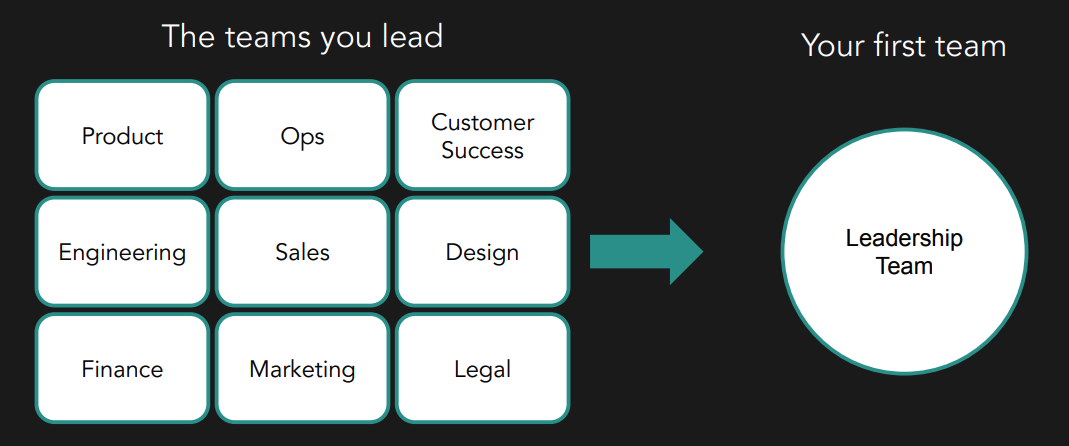
Hiring and Promotion Pitfalls
Common mistakes can derail leadership growth:
- Hiring big-company executives too early: "logo value" rarely translates to startup reality
- Granting senior titles too early: structural problems arise later as the company outgrows the role
- Forcing brilliant individual contributors into management: instead, create parallel IC and management tracks with equal recognition.
Building Trust and Team Dynamics
Trust forms the basis of any high-performing team and it requires deliberate cultivation.
- Foster trust across both competency (ability) and character (integrity)
- Encourage deeper human communication whenever possible - one example is the "10 minute life story" offsite exercise in which participants share what has shaped them into who they are today
- Support individual growth and accountability to prevent personal issues from eroding team performance.
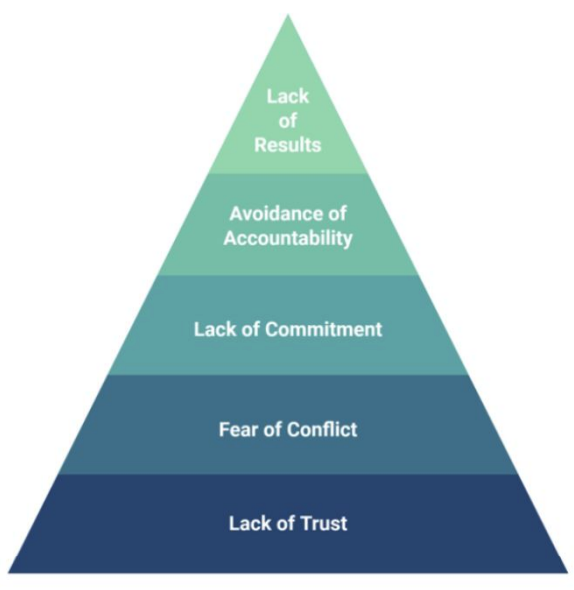
Anti-Patterns to Avoid
Certain habits can undermine effectiveness:
- Skipping leadership meetings with the excuse of "not enough time"
- Indicates poor prioritisation (collaboration is critically important) or ineffective meeting structure (not enough value-add)
- Meetings should be every two weeks minimum, with at least quarterly in-person sessions
- Allowing meetings to become status updates instead of discussion, debate and decisions
- Tolerating functional siloes rather than treating company challenges as shared leadership challenges.
Building and cultivating strong leadership structures is one of the most powerful levers founders have for scaling successfully. You can read about the learnings from previous Nauta Collective sessions in the section below and find out more about Seb's work through his website.







